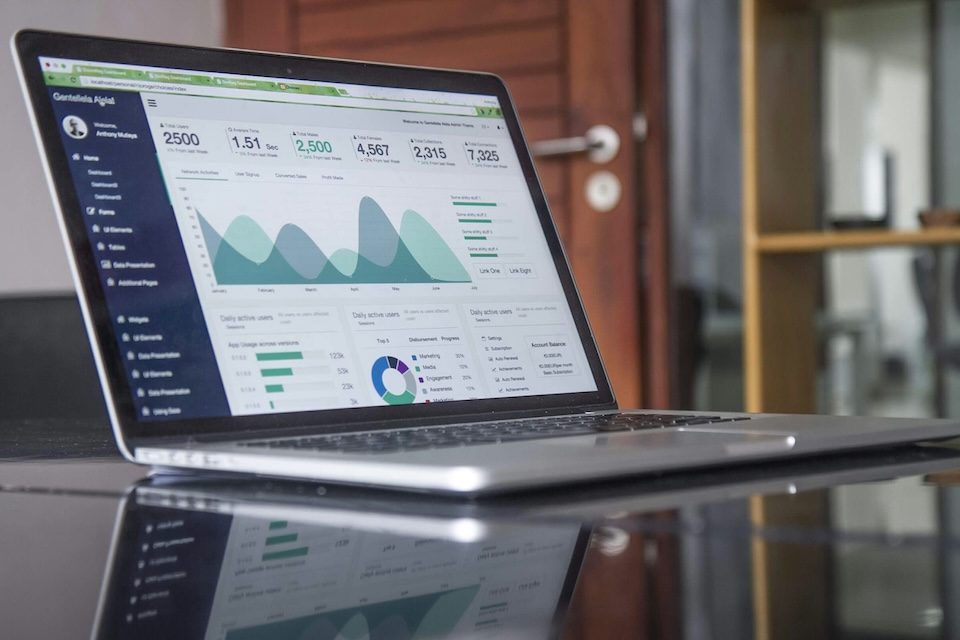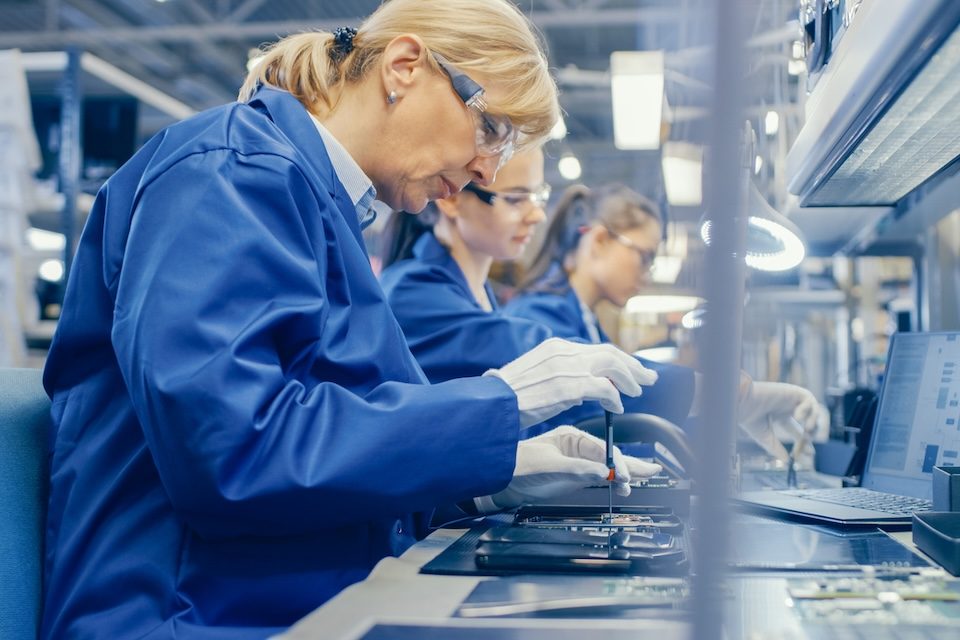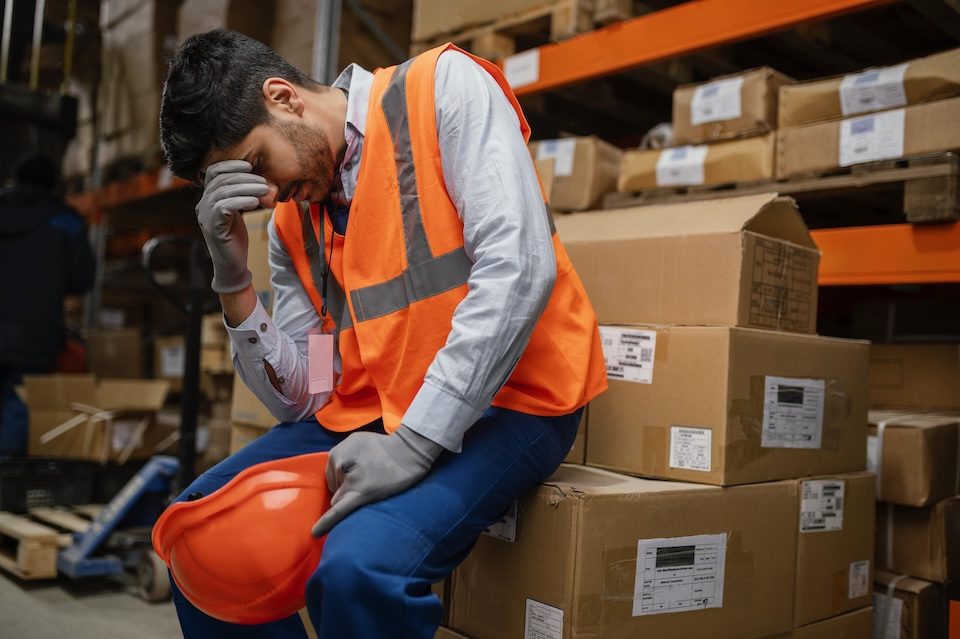In the constantly evolving landscape of workplace safety, the emphasis on ergonomics has never been greater, particularly for manual labour. Whether it’s lifting heavy boxes in a warehouse, assembling components on a factory line or managing the physical demands of construction work, the potential for injury is significant. This is where REBA (Rapid Entire Body Assessment) and RULA (Rapid Upper Limb Assessment) combined with other manual assessment tools, come into play—universally recognised tools designed to assess and mitigate ergonomic risks. However, with the integration of artificial intelligence (AI), these tools are undergoing a transformation that is reshaping how industries approach worker safety.
The mechanics of REBA and RULA
REBA and RULA are ergonomic assessment methods widely used to evaluate the risks associated with various manual tasks. RULA is tailored for analysing the upper body, focusing on the neck, shoulders, arms, and wrists—areas particularly vulnerable to strain in repetitive tasks. REBA, in contrast, assesses the entire body, making it ideal for evaluating full-body movements common in industries such as construction and logistics.
These tools operate by assigning scores to different postures and movements, with higher scores indicating a greater risk of musculoskeletal disorders (MSDs). Traditionally, these assessments are conducted manually by trained ergonomists or safety professionals, who observe workers and assign scores based on their expertise. While effective, this manual process is labour-intensive, time-consuming and subject to human error.
AI: a new frontier in ergonomic assessments
The introduction of AI into the realm of ergonomic assessments represents a significant leap forward, offering unprecedented accuracy and efficiency. By training AI models on big datasets of manual labour tasks, REBA and RULA have been enhanced to provide real-time evaluations across a wide range of industries.
Training AI for manual labour across industries
Developing AI models capable of accurately assessing ergonomic risks across different types of manual labour requires a meticulous, multi-step process:
- Data collection: The first step involves gathering extensive visual data from diverse manual work environments. This data, collected from industries as varied as manufacturing, construction and logistics, provides the foundation for training the AI models. The aim is to capture a comprehensive range of tasks, body movements and postures.
- Expert annotation: Ergonomic experts then meticulously annotate this data, applying REBA and RULA scoring systems to identify and categorise risk factors. This step is crucial in teaching the AI to recognise dangeruous postures and movements accurately.
- Model training: Using machine learning algorithms, the AI models are trained on the annotated data. The AI learns to analyse and score ergonomic risks, effectively mimicking the decision-making process of human experts, but with greater speed and consistency and it learns how to customise training/safety recommendations based on the data it is analysing
- Validation and testing: To ensure reliability, the AI models are rigorously tested against new datasets, encompassing various manual labour scenarios. This validation process is essential to ensure the AI’s applicability across different industries and tasks.
- Continuous learning: Even after deployment, the AI continues to learn and refine its assessments. This capability allows the system to adapt to evolving workplace practices and emerging ergonomic challenges.
Implications for manual labour
The integration of AI into REBA and RULA offers significant advantages for industries reliant on manual labour. Among the most notable are the universal applicability, accuracy and scalability of these assessments:
- Universal application: The AI-enhanced tools are designed to assess ergonomic risks in any industry, whether it’s a construction site or a factory floor. This adaptability ensures that workers across various sectors can benefit from improved safety measures.
- Real-time assessments: AI’s ability to provide instant feedback allows for proactive interventions, potentially preventing injuries before they occur.
- Scalability: Whether an organisation operates a single site or multiple locations globally, AI-driven ergonomic assessments can be deployed at scale, ensuring consistent safety standards across the board.
- Proactive risk management: The continuous learning aspect of AI means that these tools are not static; they evolve, enabling organisations to stay ahead of ergonomic risks as workplace conditions change. We will also be able to give instant employee and employer recommendations based on the analysis done allowing business reduce risk ratings.
The fusion of AI with traditional ergonomic tools such as REBA and RULA is not merely an incremental improvement—it is a transformative shift in how industries approach the health and safety of their workforce. As AI continues to refine and expand its capabilities, the potential for reducing workplace injuries and enhancing productivity across manual labour sectors is immense. This is not just a technological advance; it is a fundamental rethinking of how we safeguard the people who power our industries.











